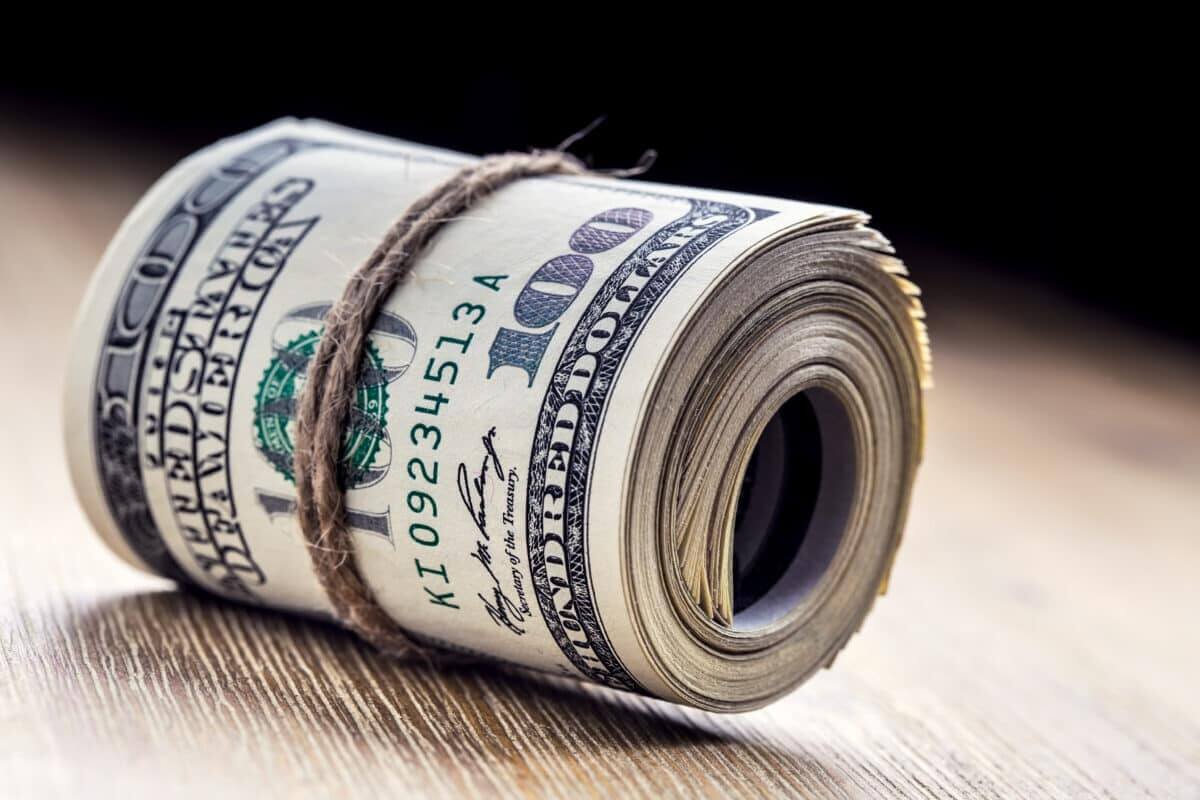
Navigating the Dynamics of the U.S. Dollar in 2024
The global currency market currently faces shifting dynamics, with the U.S. dollar (USD) strategically advancing. Traders are assessing the prospects of imminent interest rate cuts by the Federal Reserve. This assessment sets the stage for a dynamic week that could influence the monetary policies of major central banks. In this financial narrative, the U.S. dollar’s allure remains strong and resilient.
The Dollar’s Dance: An Overview of Recent Movements
The Japanese yen, once a strong contender against the dollar, has slightly weakened to 145.89 per dollar. This decline follows data indicating stagnant wholesale inflation in Japan, reducing pressure on the Bank of Japan to taper its extensive stimulus measures. Despite a surge in late 2023, where it gained 5% against the dollar in December, the yen has since reversed course, highlighting the dynamic nature of currency markets.
Fed’s Rate Cut Expectations: Navigating the Market Sentiment
Investors have adjusted their expectations regarding the Federal Reserve’s stance on rate cuts. Initially, optimism diminished at the year’s start, but unexpected data showing a drop in U.S. producer prices in December revived it. Current market indicators point to a 70% chance of a 25 basis points cut in March, up from 63% a week earlier, with projections of 160 bps cuts throughout the year. However, analysts advise caution against excessive optimism, suggesting that the market might be overestimating the likelihood of multiple cuts.
Market Dynamics and Dollar’s Resilience
Contrary to heightened rate cut expectations, the dollar has shown resilience. It rose by 0.234% to 102.88 against a basket of currencies, following a 0.2% gain during subdued trading on a U.S. public holiday. With crucial reports on Chinese growth, British inflation, and U.S. retail sales forthcoming, the dollar remains a key player in the volatile currency landscape.
Central Banks’ Perspectives: Shaping the Future of Currencies
Central bank officials, like the Federal Reserve’s Christopher Waller, significantly influence market sentiment. Waller might push back on market expectations for a March cut, suggesting a slower approach to policy normalization. This uncertainty affects U.S. Treasury yields, with the 10-year note rising by 4.4 basis points and the two-year yield by 6.1 basis points. The dollar’s trajectory depends heavily on central bank decisions.

Global Currencies in the Dollar’s Shadow
The dollar’s ascent impacts major global currencies. The euro fell by 0.28% to $1.0917, its steepest one-day percentage drop in two weeks. Similarly, sterling decreased by 0.30% to $1.2687, retreating from its near-five-month high in late December. As markets anticipate potential rate cuts by the European Central Bank and the Bank of England, these currencies’ fates remain closely tied to central bank decisions.
Navigating the Dollar Landscape
The current financial landscape features fluctuating market sentiments, central bank deliberations, and global economic indicators. Despite expectations of interest rate cuts, the U.S. dollar stands tall and resilient. Traders and investors must carefully navigate these conditions, focusing on the dynamics that will determine the best dollar rates in the coming months. With critical data releases and central bank statements imminent, the dollar’s trajectory will become clearer, guiding strategies for those seeking optimal dollar exchange rates in this evolving economic environment.




